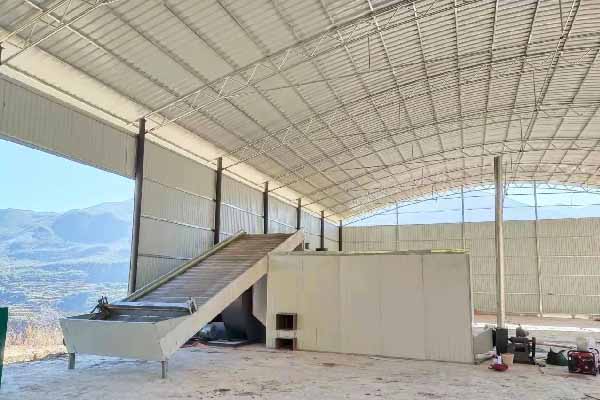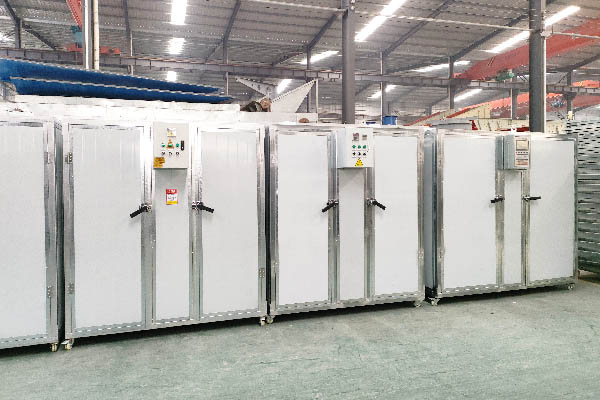Which dryers are used for fruits and vegetables?
For drying fruits and vegetables, belt dryers and air-source heat pump dryers both have their applicable uses, but each has specific advantages and suitable scenarios.
Belt Dryer:
Drying Effect: Belt dryers are suitable for the dehydration and drying of various sheet-shaped, block-shaped, strip-shaped, and granular items, including fruits and vegetables. They can achieve continuous and uniform drying, ensuring that the products are evenly dried, with consistent color and balanced moisture content.

Drying Speed: Belt dryers have a fast drying speed and can complete the drying of a large amount of material in a relatively short time, meeting the needs of large-scale continuous production.
Ease of Operation: Belt dryers usually have a high level of automation, with relatively simple operation, which can reduce manual operations and lower labor costs.
Air-Source Heat Pump Dryer:
Energy Efficiency: Air-source heat pump dryers utilize heat pump technology, which is more energy-efficient compared to traditional electric heating methods, significantly reducing operating costs.
Temperature Control: Air-source heat pump dryers feature intelligent temperature control systems that can precisely control the temperature and humidity inside the drying chamber, ensuring that fruits and vegetables are dried in the best environment, preserving their nutritional content and taste.

Scope of Application: Air-source heat pump dryers are not only suitable for drying fruits and vegetables, but can also be used for the drying of other food products, such as medicinal herbs and seafood.
In conclusion, for drying fruits and vegetables, if you prioritize drying speed and automation, a belt dryer may be more suitable. However, if you value energy efficiency and temperature control, an air-source heat pump dryer may be a better choice. Of course, the specific selection should be based on actual needs, budget, and other factors.

